| The Brus Revolution of 1306...In the Shadow of My Truth...The Good Sir James becomes Lord Robert's Most Loyal Lieutenant and England's Most Dreaded Enemy The Black Douglas |
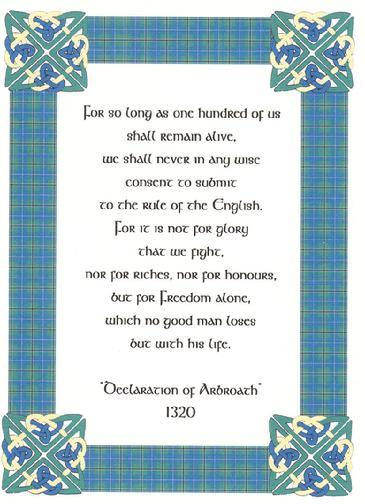 |
| The Declaration of Arbroath 1320; James, Lord of Douglas, placed his seal upon that document, a predecesor in concept to the Declaration of Independence of 1776, where nearly 50% of these signers were also Scots. This image with the Douglas Tartan is courtesy of Celtic Papers L.L.C.; click on the image to access their wonderful site. |
|
|
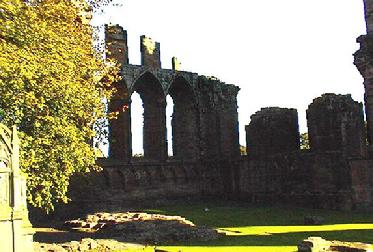 |
| On April 6 1320 at Arbroath Abbey Sir James of Douglas, Lord Douglas along with prelates, earls and barons of the realm put his seal to a letter to the Pope, a document later called the Declaration of Arbroath. |
|
|
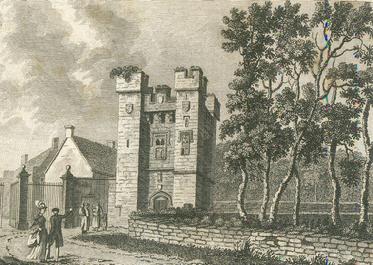 |
| Alnwyk Abbey was but eight miles from the Douglas estate of Fawdon Manor and the site of an encounter between Lord Percy and Lord Douglas where Sir Henry was mortally wounded in late summer of 1314 |
|
|
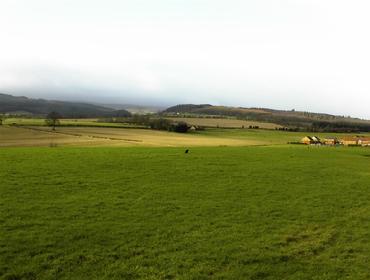 |
| This location is near the memorial site of the most successful Scottish victory in the Wars for National Independence, the Battle at the Bannock Burn on 24 June 1314. |
|
|
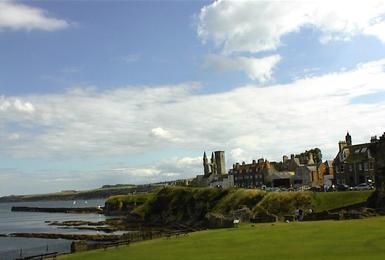 |
| James of Douglas served William Lamberton the Bishop of St. Andrew waiting for his opportunity to join a revolution to overthrow the tyranical reign of Edward I. The view is of the Abbey and Church of St. Andrews seen from the bishop's residence, the Castle of St. Andrews. |
|
|
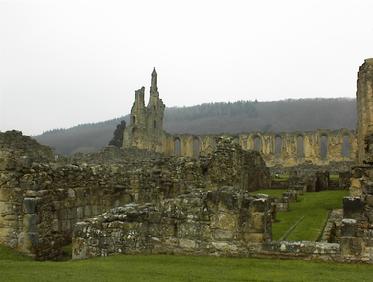 |
| Riveaux or Rievaulx abbey came under assault druing the Brus campaign of October 1322 |
|
|
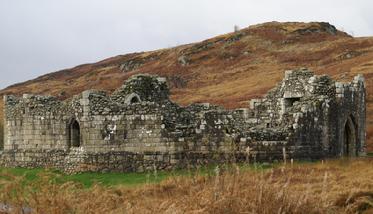 |
| Loch Doon Castle ruins; the site of the betrayal of Sir Christopher Seton, the knight and brother-in-law of Robert the Brus who saved his king when unhorsed at Methven 1306 |
|
|
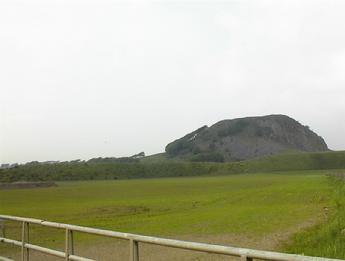 |
| Loudon Hill was the site of a great battle in 1307 where Robert the Brus finally turned the tide on the English; his strategy was similar to the Flemish victory at Courtrai, a model for the later battle at the Bannock Burn |
|
|
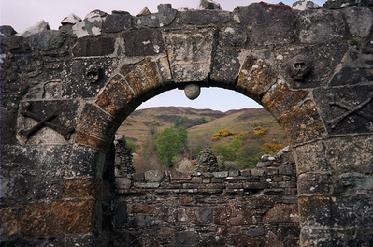 |
| Ruins of Ardchattan Priory where in 1308 King Robert held the last Scottish Parliament where Scottish Gaelic was the official language |
|
|
|